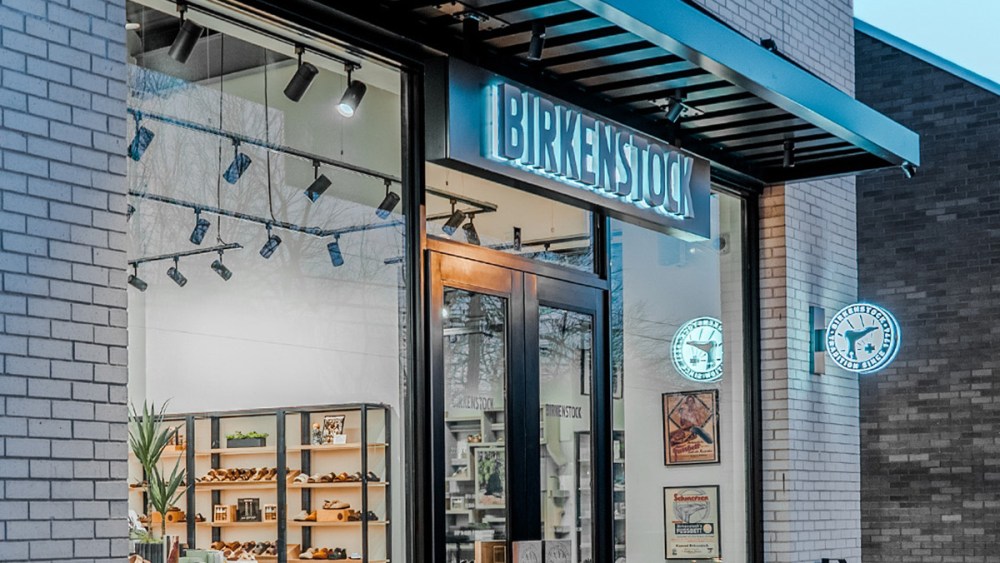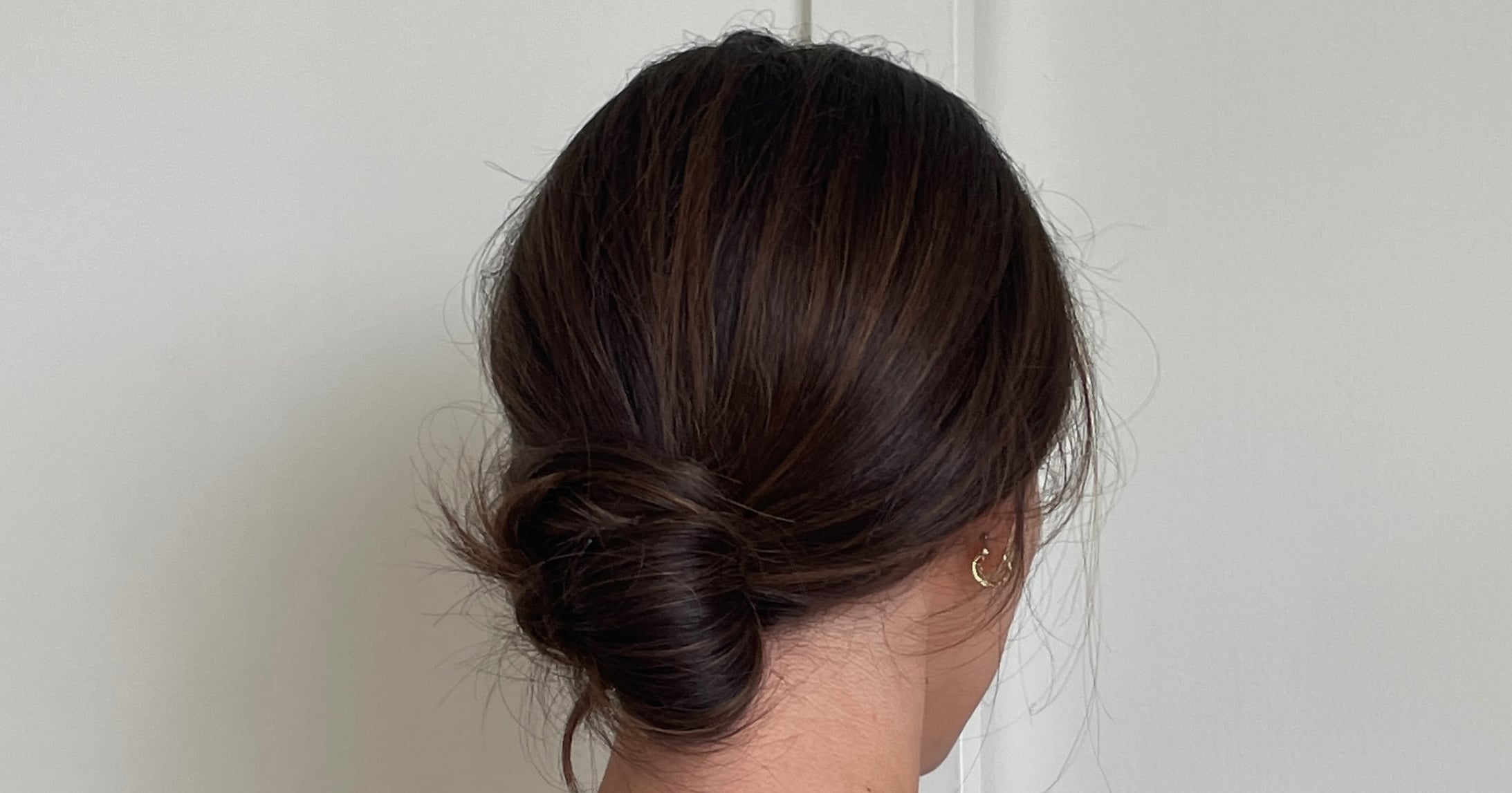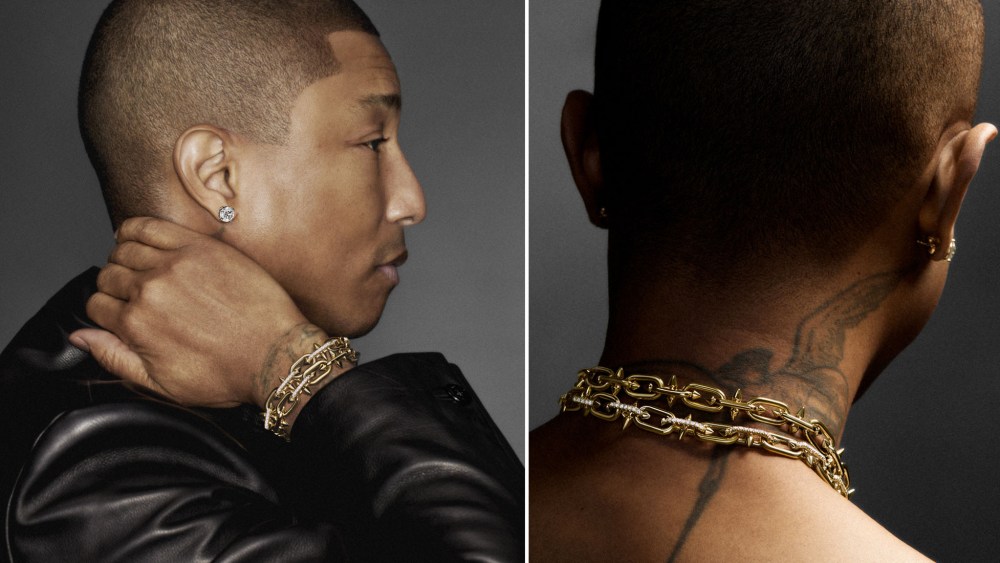Strong demand for Birkenstock Holding Plc products resulted in a fiscal year 2025 guidance raise, while the tariff uncertainty is likely to lead to higher prices.
“We expect that the tariff situation may create a unique shift in consumer behavior in the footwear category with a split between the few brands, like Birkenstock, who manage strong brand equity through relative scarcity and those who distribute their products with less discipline and pricing integrity,” said Oliver Reichert, CEO, in a statement Thursday that included second-quarter earnings results.
The reciprocal tariffs disclosed by U.S. President Donald J. Trump on April 2 are now on a 90-day pause through July 9, with a base minimum of 10 percent. That excludes China, which has a separate 90-day pause through Aug. 14. The expectation is that consumers might pull back on their discretionary spending. High-end brands have said they will protect brand equity through price increases and limited production to create scarcity and exclusivity.
Reichert also said: “We will navigate these uncertain times from a position of strength. Our decades-long track record of managing our brand through a consistent engineered distribution strategy puts Birkenstock in an enviable position to take additional shelf space and gain share. We are a brand with industry leading growth, pricing power, clean inventories, strong profitability, global reach, a very healthy balance sheet and cash generation.”
You May Also Like
For the three months ended March 31, the net profit fell 16.1 percent to 105.1 million euros, or 56 cents a diluted share, from 125.2 million euros, or 67 cents, in the same year-ago quarter. Adjusted earnings per share were 55 cents. Net revenues rose 19.3 percent to 574.3 million euros from 481.2 million euros.
The company said sales in the quarter were helped by double-digit unit growth and mid-single-digit growth in ASP (average sellling price). Closed-toe shoes continued to outpace the strong double-digit growth of sandals, which contributed to the higher ASP. In the first quarter, close-toe shoes grew at more than twice the pace of the group average, the sandal maker noted.
B2B revenue grew 19 percent in the quarter, helped by strong sell-in for sandals and close-toe shoes for the Spring-Summer season. Direct-to-consumer revenue growth was up 19 percent. Birkenstock opened six new company-owned stores during the quarter, bringing the total number of owned retail doors to 77.
The company also saw double-digit revenue growth across all operating regions. Revenue grew 23 percent in the Americas, was up 12 percent in EMEA (Europe, Middle East and Africa) and rose 30 percent in APAC (Asia Pacific).
For the six months, net income rose 94.2 percent to 125.2 million euros, or 67 cents a diluted share, from net income of 64.5 million euros, or 34 cents, a year ago. Net revenues increased 19.4 percent to 936.0 million euros from 784.2 million euros.
Birkenstock said its gross profit margin was 57.7 percent for the quarter, up 140 basis points from 56.3 percent a year ago, helped in part by sales price adjustments and increased manufacturing capacity.
The company said it now expects revenue growth at the high end of a 15 percent to 17 percent range, with adjusted EBITDA (earnings before interest, taxes, depreciation and amortization) margin of 31.3 percent to 31.8 percent. That compares with prior adjusted EBITDA margin guidance range of 30.8 percent to 31.3 percent.
The German brand is sold in about 90 countries worldwide.



